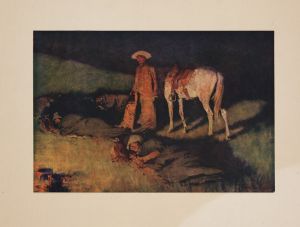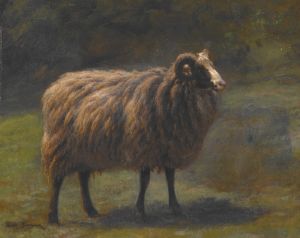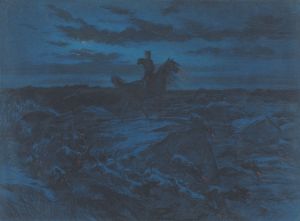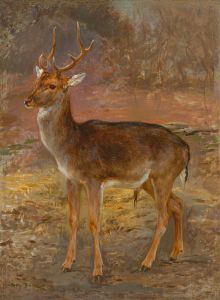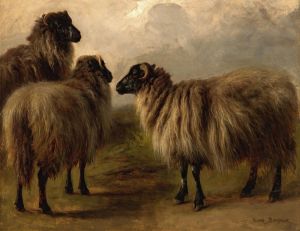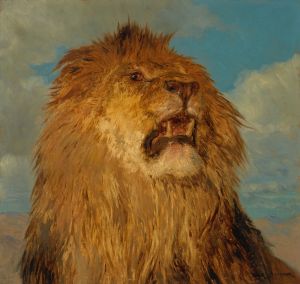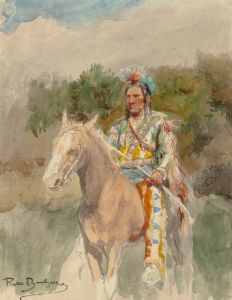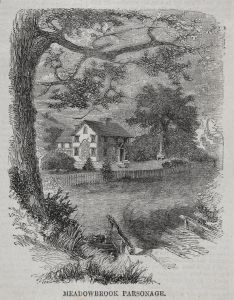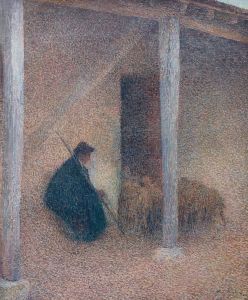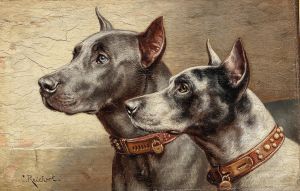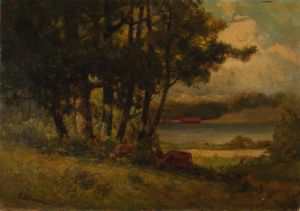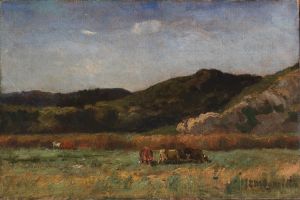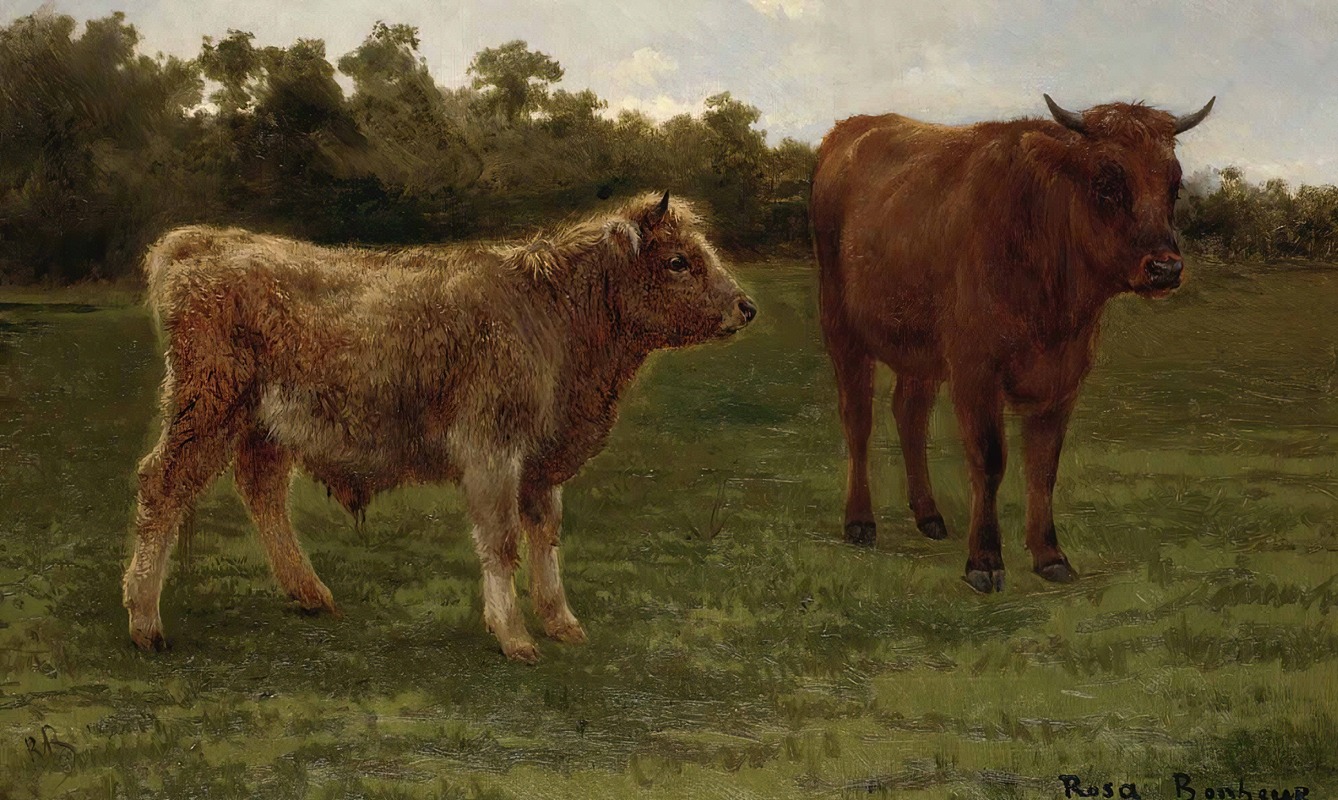
Two Cows Grazing
A hand-painted replica of Rosa Bonheur’s masterpiece Two Cows Grazing, meticulously crafted by professional artists to capture the true essence of the original. Each piece is created with museum-quality canvas and rare mineral pigments, carefully painted by experienced artists with delicate brushstrokes and rich, layered colors to perfectly recreate the texture of the original artwork. Unlike machine-printed reproductions, this hand-painted version brings the painting to life, infused with the artist’s emotions and skill in every stroke. Whether for personal collection or home decoration, it instantly elevates the artistic atmosphere of any space.
Rosa Bonheur, a renowned French artist of the 19th century, is celebrated for her realistic and detailed portrayals of animals. Her work, "Two Cows Grazing," exemplifies her skill in capturing the essence of rural life and the natural world. Bonheur was born on March 16, 1822, in Bordeaux, France, into a family of artists. Her father, Oscar-Raymond Bonheur, was a landscape and portrait painter who encouraged her artistic pursuits from a young age. Rosa Bonheur's dedication to her craft and her passion for animals led her to become one of the most famous female painters of her time.
"Two Cows Grazing" is a testament to Bonheur's meticulous attention to detail and her ability to convey the serene beauty of pastoral scenes. Although specific details about the painting's creation, such as the exact date and location, are not widely documented, it is consistent with Bonheur's broader body of work, which often focused on rural landscapes and animals. Her paintings are characterized by their lifelike representation and the careful study of her subjects, which she achieved through direct observation and sketching in the field.
Bonheur's approach to painting was influenced by her desire to depict animals with anatomical accuracy and emotional depth. She often visited farms, slaughterhouses, and livestock markets to study her subjects closely. This dedication to realism is evident in "Two Cows Grazing," where the cows are depicted with a sense of individuality and vitality. The painting captures the tranquil moment of cows feeding in a lush, green pasture, highlighting Bonheur's ability to render the textures of fur and grass with precision.
Throughout her career, Bonheur broke barriers for women in the arts. She was one of the first women to be awarded the Legion of Honor in France, receiving the recognition in 1865. Her success in a male-dominated field was remarkable, and she became a role model for aspiring female artists. Bonheur's work was well-received both in France and internationally, with her paintings exhibited in prestigious venues and collected by art enthusiasts worldwide.
Rosa Bonheur's legacy extends beyond her paintings. She was an advocate for women's rights and lived an unconventional life for her time, choosing to wear trousers and keep her hair short, which required special permission from the French government. Her lifestyle and career choices challenged societal norms and paved the way for future generations of women artists.
In summary, "Two Cows Grazing" is a reflection of Rosa Bonheur's dedication to realism and her passion for depicting the natural world. Her contributions to art and her role as a pioneer for women in the arts continue to be celebrated today. Bonheur's work remains influential, and her paintings are cherished for their beauty, technical skill, and the insight they provide into the rural life of her era.





